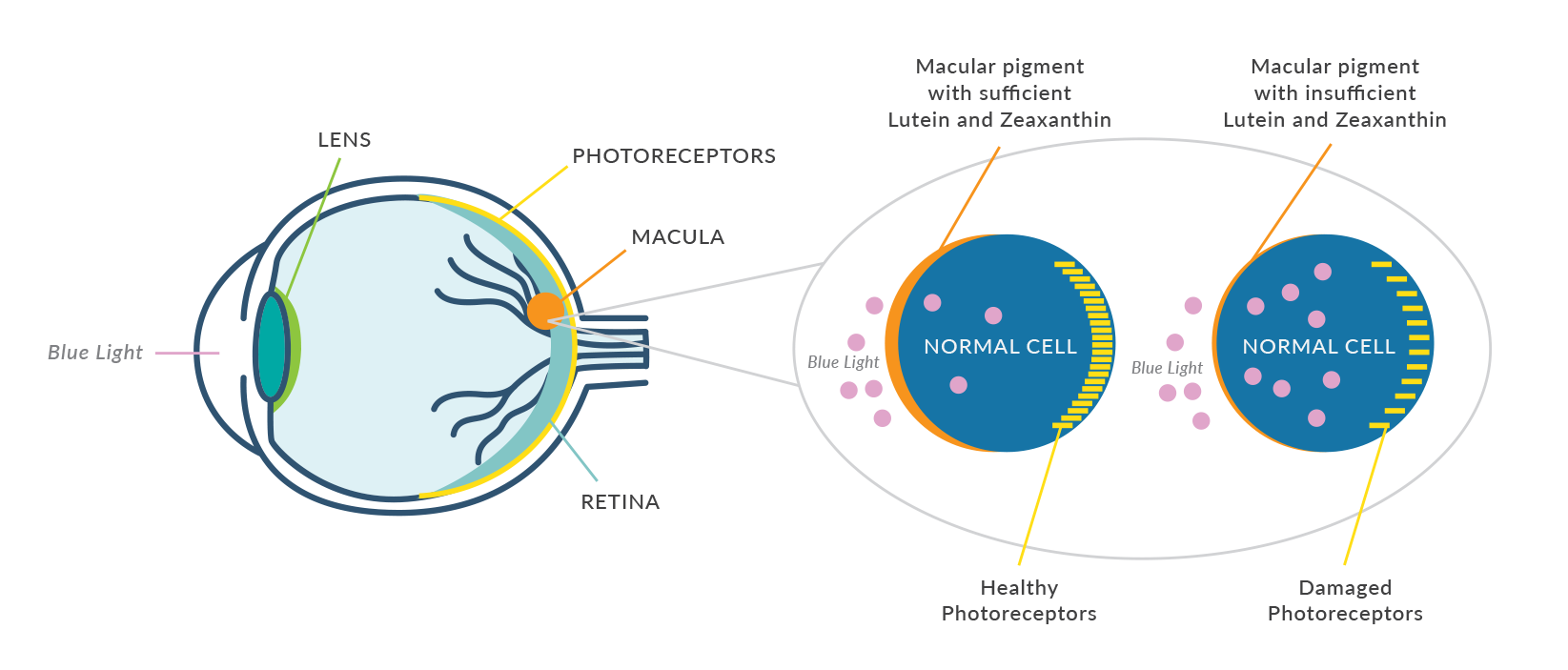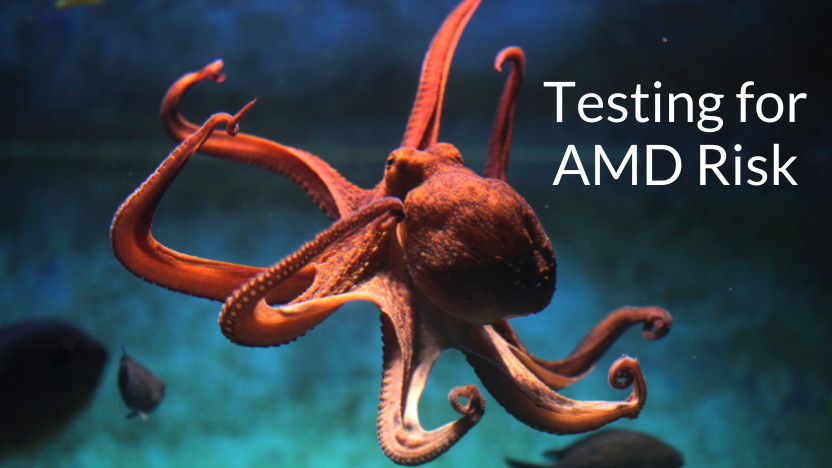What Does an Octopus Have to Do with Age-Related Eye Health Issues?
Posted by EyePromise on Sep 16th 2021
One thing we can all agree on: the world is full of crazy creatures! From angler fish to glass frogs (you can literally see into them!), it’s hard to believe that these critters are native to our planet. One of the most fascinating animals found in the ocean is an octopus, and researchers in the UK have utilized these creatures to test for risk of Age-Related Eye Health Issues. Here’s what they discovered.
The Study
The European researchers were testing polarized vision in a colorblind octopus. They found that octopi have the most sensitive polarization visual system of any animal tested to date, which led to further testing of the sea creature. This subsequent research led to a method of testing macular pigment optical density (MPOD), which is a risk factor for developing age-related eye health issues. Other clinical research shows that better MPOD helps with polarized vision and other visual functions.
What Is MPOD?
First off, macular pigment is a protective layer in the center of the retina that blocks harmful blue light from reaching the photoreceptors in the back of the eye. This protective pigment is measured in density (hence: macular pigment optical density) because the denser it is, the better the protection. Macular pigment becomes less dense over time, and the only way to increase its density is by ingesting the dietary carotenoids zeaxanthin and lutein.
MPOD is a key indicator in a person’s risk of age-related eye health issues and other eye health concerns. Measuring and monitoring this risk factor can help not only identify people at risk but intervene before the damage is done.
How to Measure MPOD In Your Practice
There’s an easy way to start testing your patients’ MPOD: the QuantifEye® MPS II. This 2-minute, monocular exam gives you and your patients a numerical score between 0 (low) and 1 (high) density units (d.u.) to attribute to their MPOD. The measurement helps you identify patients at risk for certain eye health issues, but what happens if they are below the optimal score?

How to Improve MPOD
MPOD is heavily reliant on diet, and a diet rich in brightly color fruits and vegetables and leafy greens is best for providing the body with zeaxanthin and lutein, the two carotenoids that strengthen macular pigment. However, to ingest the amounts of zeaxanthin necessary to increase MPOD, patients would need to eat 20+ ears of corn a day. That’s why many eye care professionals like you recommend supplementation.
Supplementation for MPOD
Nutraceuticals are a great way to help your patients bridge the dietary gap and boost their MPOD. EyePromise is the only nutraceutical line on the market with the amounts of dietary zeaxanthin necessary to increase MPOD. Additionally, EyePromise guarantees an increase in MPOD in 6 months if patients are compliant with their daily doses! This means that patients are guaranteed to reduce an integral risk factor for age-related eye health issues with EyePromise eye health nutraceuticals.

If you’re interested in measuring and addressing MPOD in your practice, have your local EyePromise Regional Account Manager reach out to you.
While the research conducted on octopi is certainly interesting, you don’t need a tentacled sea creature to measure your patients’ MPOD! Simply adding the QuantifEye MPS II to your testing lane can help you provide more personalized care to your patients.

